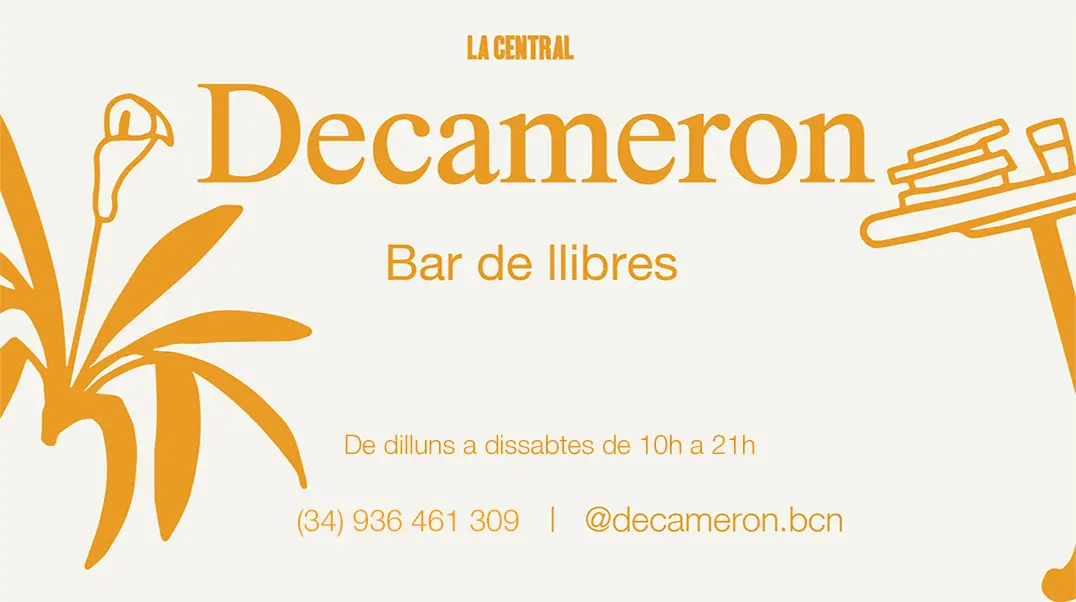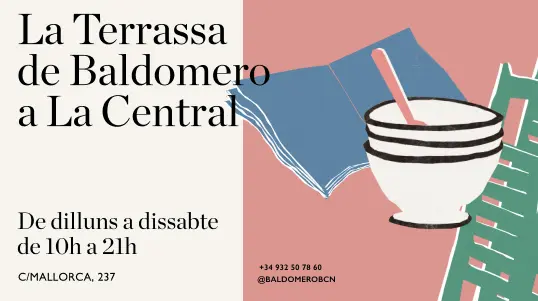Small

Sense existències ara
Rep-lo a casa en una setmana per Missatger o Eco Enviament*Sobre el libro Small de publicado por Artifice al 2013:
Carl Turner Architects was formed in 2006, and has established a reputation for high impact, low cost architecture. The practice works with a diverse range of clients including small non-profit and arts organisations, the creative industries, private residential, developers and commercial end users. Philosophies central to the firm s work are a belief in place-making and architecture s being both process and product. Their concerns encompass the mechanisms or organisations which produce both buildings and the spaces between, and how they can work with and influence them to produce an improved built environment. Both playful and experimental, the practice enjoys analysing and re-addressing the use of spaces, materials, structures, scale and landscapes, often creating unexpected outcomes. Internally, they are interested inthe user and the psychology of space. Externally, emotional influences such as materiality, colour, and shape prevail. This desire to experiment is embodied by Slip House, whose construction was documented by Channel 4 s Grand Designs. The house is being monitored by the practice for real time energy performance over a three-year period and has acted as a vehicle to test and learn about the Code for Sustainable Homes,El llibre Small de pertany a la matèria
Veure altres ressenyes de Arquitectura
Ressenya
Benjamin Moser
Sontag. Vida y obra
Plagada de todo tipo de detalles -algunos, incluso, un tanto escabrosos-, la biografía de Moser aspira a dar respuesta a todas las posibles preguntas que puedan surgir en torno a la figura de Sonta...

Ressenya
Anna Banti
Artemisia
No es fácil ser mujer en un mundo de hombres por eso resulta tan fascinante la figura de Artemisia Gentileschi. Al margen de toda tutela masculina, consiguió hacerse un hueco en un ámbito considera...

Ressenya
Peio H. Riaño
Las invisibles. ¿Por qué el Museo del Prado ignora a las mujeres?
“Un día lo ves. No están”. Peio H. Riaño comienza este ensayo relatando el momento en que lo invisible se le hizo evidente. El autor nos invita a un recorrido por el Museo del Prado en el que, t...







